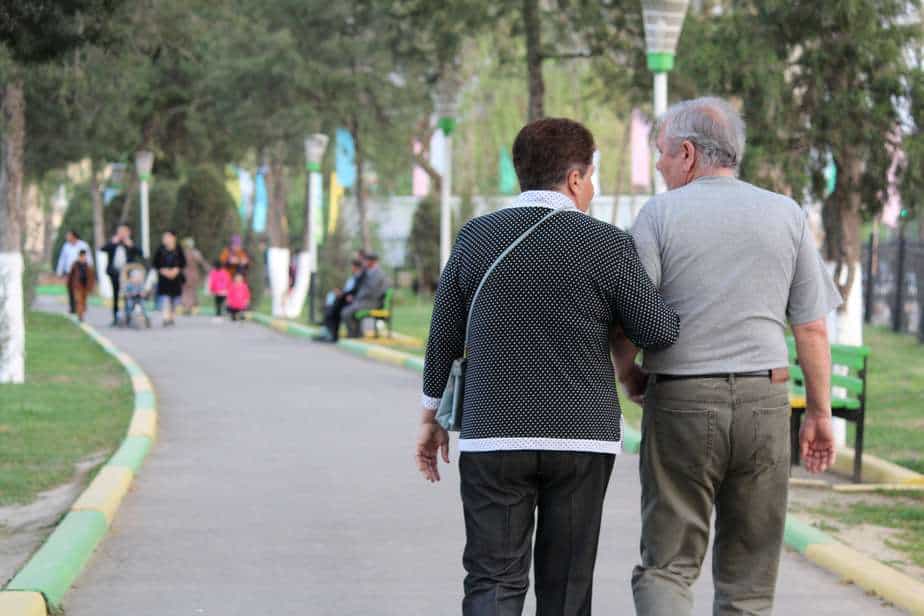Aim: For readers to understand the totality of the holistic approach to manage a Person with Dementia (PwD).
Dementia as a progressive condition is likely to worsen over time. Often starting with memory issues then more physical symptoms. Abilities can also fluctuate daily depending on multiple factors.
The key to managing dementia is in the environment, this is something that can be changed and adapted through the course of time. Environment refers to physical, social and cultural aspects, the way we interact with a person and how we manage our own expectations of that person.
Caregivers and loved ones are perhaps the biggest environmental factor which can help a person with dementia flourish and continue to enjoy the richness life has to offer. But the greatest emotional and physical strain is often on these people which is why it’s essential every dementia intervention includes the caregivers and loved ones well-being too. If the caregivers are not well and amply equipped, it is likely the person with dementia will struggle more too.
Education is key in having good foundations for a dementia prosperous environment. Managing our own expectations and providing activities in such a way that the PwD feels comfortable and empowered to engage. We need good knowledge on the condition to be able to provide a range of activities to benefit the PwD and know how to make adaptations to suit the PwD’s abilities every single day.
The effects of regular engagement in activities can maintain and/or improve function, reduce distress, improve self-efficacy, reduce caregivers stress, establishing a routine for the PwD, reduce isolation and loneliness, and many more!
If a PwD is already displaying signs of frequent distress and withdrawal from activities, the process of re-engagement and establishing routine usually takes more time, at times up to a year. Having continuous therapy will ensure all angles are covered and appropriate support is established.
It’s also useful to develop a profile of the PwD’s distress triggers and reliefs. The occupational therapist will help you do this. This offers a snapshot of practical ways to minimise distress and manage it effectively for both the PwD and caregivers. The home environment may need some adaptations to provide more visual cues to help the PwD orientate themselves and identify environmental hazards.
Interventions can be tailored to any stage of dementia with the ultimate goal of establishing well-being. There are many things within our control that we can do to help the world of a PwD remain fulfilling and dignified.
Lifeweavers has designed and provides a specialised dementia management program specific for the community. It comprises of continuous therapy, family education, helpers/caregivers training, maintenance sessions, prescribing equipment and home modifications to improve engagement with the PwD and help set and achieve goals within and outside the home environment.
SHARE THE ARTICLE WITH ANYONE ON THE PLATFORMS BELOW:





